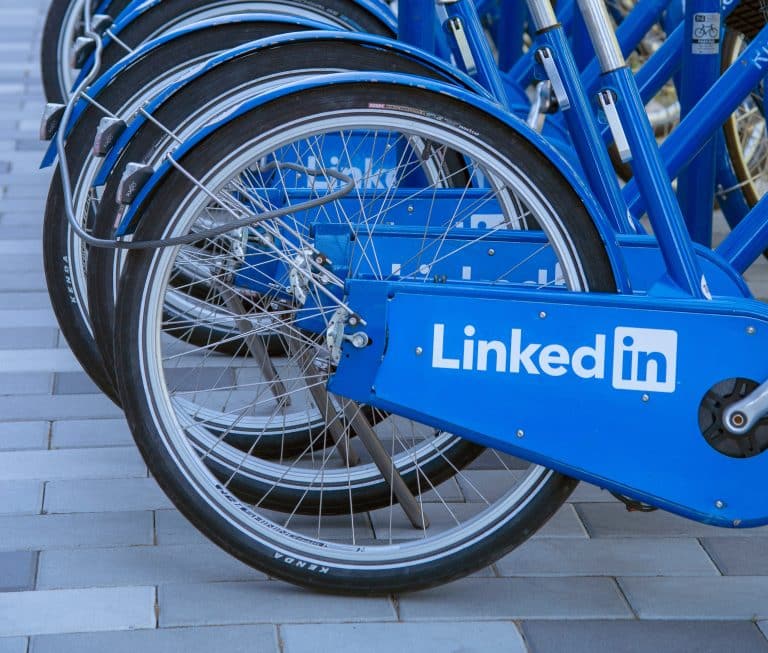Do’s and Don’ts of Content Marketing for Local SEO
Content Marketing for Local SEO is slightly different. When you think SEO content marketing, you might think more about national or global attention; however, local SEO is an effective way to get your business to rank on local search results. This might be of particular interest if you have a brick-and-mortar site that you wish to promote to increase foot traffic in your location.
In addition to increased in-store traffic, the benefits of local SEO marketing include:
- Increased conversion rates
- Lower advertising costs
- Higher online visibility
- Gains in local reviews
- Better business growth
It all starts with strong content marketing.
If you’re not working to get your business more visible on local search results, you might start now. If you’re not familiar with content marketing for local SEO, we’ll take a closer look at what you should do—and what you should avoid—when it comes to this type of content marketing.
You can also get the pros to help! If you’re seeking assistance in generating the type of content marketing for local SEO that will lead to increased visibility for your brand, you can turn to WriterArmy. Our experienced copywriters have the ability to handle all of your content needs, from emails and white papers to SEO blogs, landing pages, and more.
Content Marketing for Local SEO – What You Should Do
If you’re new to content marketing for local SEO or have tried and not gotten effective search page results, here are some of the things you should be doing.
DO: optimize, optimize, optimize. Proper optimization is key for local searches. This includes every page of your website. Headers, tags, and meta descriptions are all included in this optimization must-do. Optimizing on-page SEO helps to match the content of your website to a search query. Quality content and proper usage of keywords will up the relevancy of your page and produce best search page results. Also be sure to optimize for mobile searches.
DO: use social media. Most recent statistics show that nearly 60% of the world’s population is active on social media; chances are very high that a great number of consumers are living locally to your business. Social media posts are a great way to interact with local consumers.
DO: focus your content on area interests. Follow individuals and groups in your area of various social media platforms to see what people are interested in and talking about and to get a feel for local trends and hot topics. Then, form your content to address those topics.
DO: use case studies, reviews, and recommendations from local consumers. Such content can show up on search queries and push your website higher on search result pages.
DO: enjoy the benefits of Schema markup. This will help search engines like Google better understand the language and area focus of your website. Using regional keywords for your city, town, or county will lead to better recognition for your content; that content will appear more relevant geographically than other websites not using these keywords that might come up during a search query.
DO: respond to all reviews, good and bad. Leaving negative reviews without a response can be a red flag to search engines, not to mention those searching your brand. They might immediately lose trust in you if you avoid those who might have had a negative experience with your company.
Knowing what to avoid is just as important as knowing what to do for local SEO content marketing.
What to Avoid When It Comes to Content Marketing for Local SEO
Doing the wrong things can result in decreased traffic, fewer leads, and less credibility when it comes to local SEO.
So examine these DON’Ts closely to ensure you’re getting all you can get out of your content marketing.
DON’T: keyword stuff. Yes, one of the DO’s mentioned above is to use local keywords to drive your search page results, but overdoing it can have adverse effects. Search engines tend to see keyword stuffing as a means to manipulate search result ranking, and could lead to penalty at best and removal from search engine page results (SERPs) at worst.
DON’T: plagiarize your content. Authentic content ranks; plagiarism not only negatively impacts your search ranking, but it can also, like keyword stuffing, lead to a penalty. Of course, plagiarism is not always done intentionally; run your content through any plagiarism checker software (there are many with free versions, such as Copyspace and Grammarly).
DON’T: make your local SEO content too “sales-y.” The goal is to inform and educate. Convince searchers that you have the product to meet their needs and solve their problems. One of the main goals of local SEO is to get people interested and to follow links and learn more about your product or service. The sales pitch comes later in the process.
DON’T: include unoptimized contact information. Name, address, and phone number (NAP) of your business should be consistent—down to punctuation—across all platforms. Be sure this information is in text, not in an image as search engines cannot read images.
DON’T: forget to use quality, relevant links. Search engines take backlinks into consideration when ranking. Link to local businesses and organizations when possible; your city’s website and the local news website are examples of links you might include.
Perhaps one of the biggest DON’Ts: DON’T use content that is not high quality! This would of course include spun content: having software “spin” existing content that you try to post as original. To definitely avoid that last DON’T, let WriterArmy help! Using experienced writers who know all about the Do’s and Don’ts of all types of content marketing lets you get the best results while you concentrate on other areas of your business. Plus, local SEO is among our areas of expertise!








